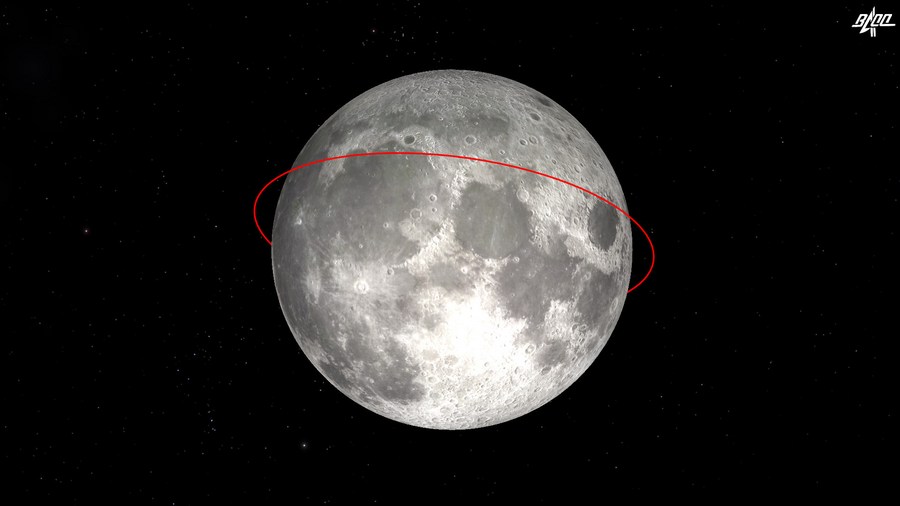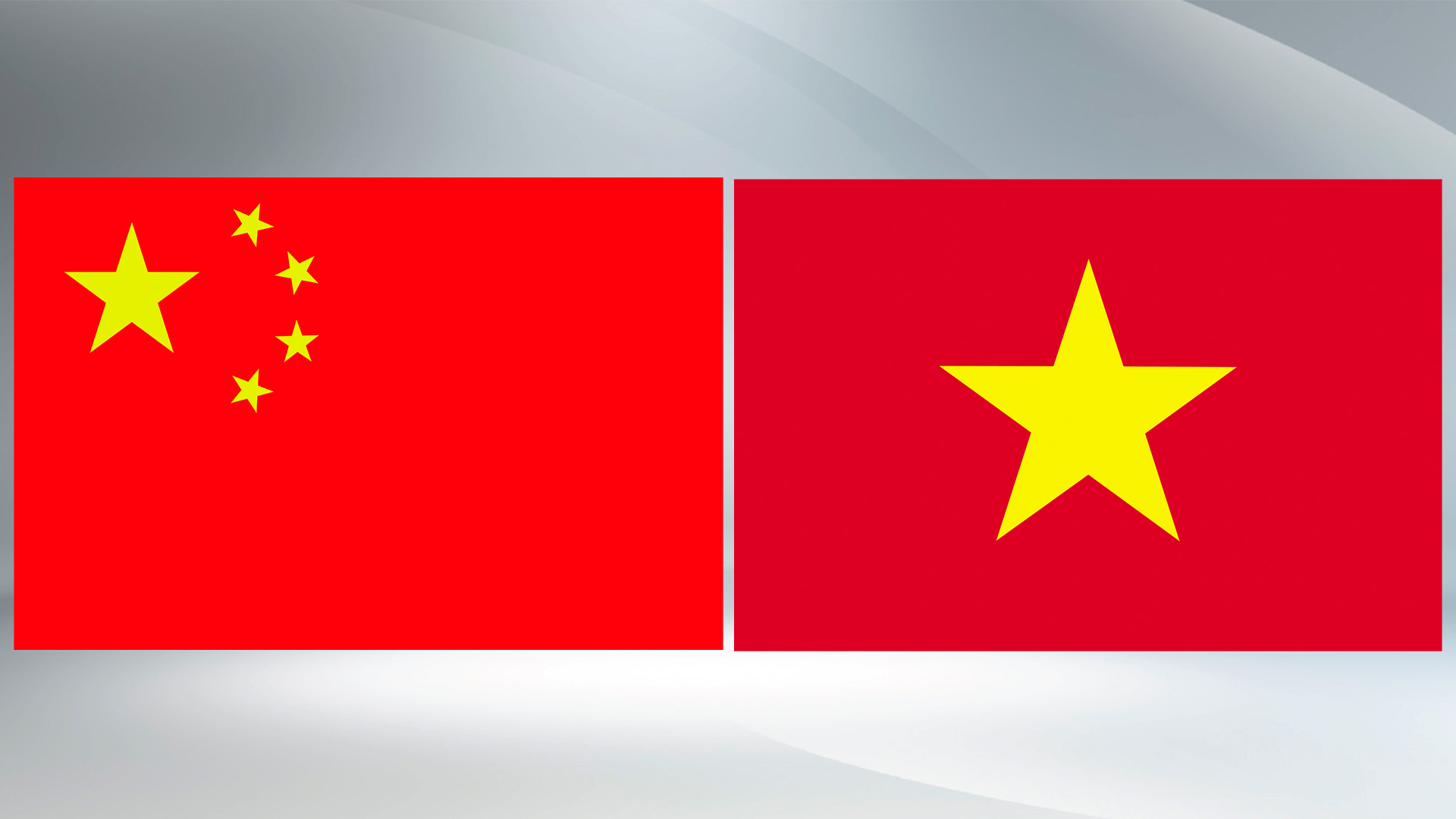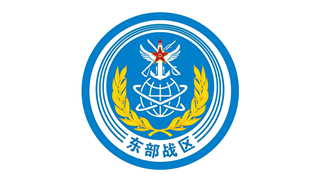
This file image from video animation is provided by the Beijing Aerospace Control Center (BACC), showing that China's Chang'e-5 probe performed braking for the second time.(BACC/Handout via Xinhua)
BEIJING, Oct. 3 (Xinhua) -- The China National Space Administration (CNSA) is offering opportunities for international cooperation on payloads that will piggyback on the country's Chang'e-8 lunar exploration mission, slated for launch around 2028.
The Chang'e-8 mission is open to all countries and international organizations for collaboration at either mission, system or single-machine levels in order to encourage more major original discoveries, according to a CNSA release on Monday.
The CNSA also announced the bid invitation at the ongoing International Astronautical Congress held in Baku, Azerbaijan.
The Chang'e-8 mission, a key task in the fourth stage of China's lunar probe, will carry out more lunar geological detection and research, lunar-based observations of Earth, lunar in-situ sampling analysis and resource use, as well as a small, closed terrestrial ecosystem experiment on the moon's surface, according to the CNSA.
Preference will be given to international cooperation bids at mission level involving a collaborative probe and interaction between two spacecraft.
Also, the joint development of lunar robots capable of basic operations on the moon's surface, and other complementary science payloads and highly innovative science projects are preferred.
The lander of the Chang'e-8 probe will provide a 200-kg payload resource, but any standalone module for collaboration on system and single-machine levels must be less than 100 kg.
The deadline for submission of Chang'e-8 proposals for international cooperation is Dec. 31, 2023. The preliminary and final selections will be completed by April and September next year, respectively, as planned.
The Chang'e-8 will constitute, together with Chang'e-7, the basic model of a lunar research station. The Chang'e-7 probe is expected to be sent into space around 2026 to implement resource exploration of the lunar south pole.
China will, meanwhile, send the Chang'e-6 to the moon around 2024 to collect samples from its far side as planned, carrying payloads from France, Italy, Pakistan and the European Space Agency, which include a negative ion detector and a radon gas detector.
The Chang'e-5, launched in 2020, was the country's most recent mission to the moon. Its probe retrieved a total of 1,731 grams of lunar soil from the near side.
During its current congress in Baku, the International Academy of Astronautics awarded the 2023 Laurels for Team Achievement to the Chang'e-5 team. The team's chief designer Hu Hao announced there that the lunar soil samples will also soon be open for international applications in investigations.









